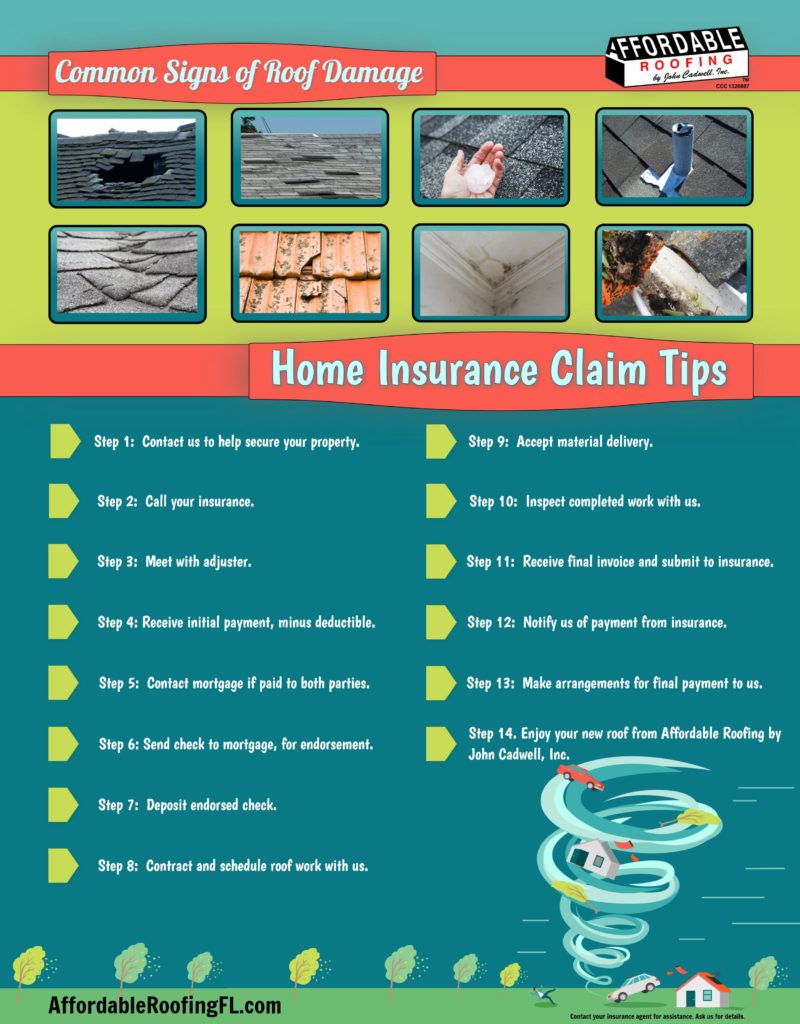Identifying Roof Covering Damage Prior To It Rises Right Into A Serious Concern
Identifying Roof Covering Damage Prior To It Rises Right Into A Serious Concern
Blog Article
Composed By-Gold Davies
To safeguard your home from potential costly repair services, identifying roof damages early is crucial. By watching out for subtle indications like missing tiles or water discolorations, you can catch problems prior to they get worse. But what about those usually ignored areas that could mean concealed troubles prowling over you? Keep tuned to find remodeling contractors in san antonio for finding roof covering damages prior to it escalates right into a major migraine.
Early Indication
Spotting roofing system damage early can save you money and time. One crucial very early warning sign to look out for is missing out on or damaged roof shingles. If kitchen remodeling in san antonio tx discover any kind of tiles that are cracked, crinkling, or totally missing out on, it's essential to resolve the issue immediately. These damaged tiles can leave your roofing at risk to leakages and more damages.
One more indicator to look for is water stains on your ceiling or walls. These discolorations can show a leakage in your roof that requires instant attention. Ignoring these water stains can bring about much more extensive and costly repair work down the line.
Additionally, watch for any type of signs of sagging or sagging areas on your roofing, as this can show architectural damages that needs to be taken care of without delay.
Outside Inspection Tips
On a regular basis examining the outside of your roof is critical for keeping its honesty and identifying potential damages early. Begin by analyzing the shingles-- search for any kind of missing, broken, or curling tiles, as these can be indicators of roofing system damage.
Examine the seamless gutters for granules from the shingles, as too much granule loss may represent aging or weathering. Take note of the blinking around vents, chimneys, and skylights, guaranteeing they're tightly sealed and free of fractures.
Try to find indicators of moss, algae, or mold and mildew growth, as these can cause roofing deterioration otherwise resolved promptly. Furthermore, check the fascia and soffits for any water spots or rot, which might signify water damages.
Lastly, analyze the general condition of your roofing system from the ground, seeking any kind of drooping locations or noticeable dips. By conducting these outside assessments routinely, you can catch roofing damage early and avoid it from becoming a significant trouble.
Interior Red Flags
When checking your roofing for possible damage, don't overlook the relevance of checking the inside of your home. Inside red flags can typically be early indications of roof problems that require interest.
Start by analyzing your ceilings for any water discolorations or staining, as these can signal a leakage in the roof covering. An additional key location to examine is the attic, where indicators of water damages, mold and mildew, or mildew may indicate a roof covering issue.
Pay attention to any musty smells or a noticeable increase in moisture degrees, as these can additionally be indications of water intrusion from a damaged roofing system. In addition, sagging areas in the ceiling or wall surfaces need to be taken seriously, as they could be a result of water damages weakening the framework.
If you discover any of these indoor red flags, it's essential to have an expert contractor evaluate the situation promptly to prevent further damage and pricey repair work.
Verdict
By staying alert and regularly looking for early warning signs of roofing system damages, you can stop small issues from becoming major problems. Watch out for missing or damaged roof shingles, water stains on ceilings or wall surfaces, and any type of drooping or sagging areas on the roof. By attending to these concerns promptly, you can save yourself from costly repairs and guarantee your roofing remains in good condition for years to come. Remain aggressive and protect your home from potential damages.
